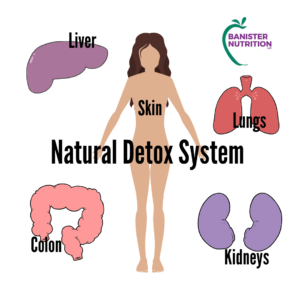Could the ibs–smart™ test be the answer for your IBS?

IBS is a stressful and oftentimes debilitating condition. Patients are put through exhaustive testing to understand the onset of their symptoms. IBS is the diagnosis given when symptoms fit the Rome IV criteria, although commonly no other intestinal damage is apparent.
ibs–smart™ test was developed by researchers at Cedars-Sinai Medical Center. The test was designed to diagnose post-infectious IBS (PI-IBS), which produces the same symptoms but is developed after an episode of foodborne illness. The test measures antibodies produced by the body following a viral, bacterial, or parasitic infection of the GI tract. It is about 98% accurate. A simple blood draw can reduce unnecessary and invasive testing for patients.
There is still research needed to understand how foodborne infection can lead to PI –IBS, but some ideas include:
- Alterations in the gut lining
- Changes in gut motility (movement)
- Immune system activation
- Decreased enzyme activity
Though this test is promising, it still has some potential drawbacks.
There are still questions about how broadly applicable this test is for IBS sufferers. Not all IBS stems from foodborne illness. IBS with constipation (IBS–C) doesn’t present with the same characteristics as IBS with diarrhea (IBS-D) or IBS with constipation and diarrhea (IBS-M). Unless patients can attest to developing their GI symptoms following foodborne illness, it is unclear whether the ibs–smart™ test will give insight for all patients.
So what is the takeaway?
The ibs–smart™ test is a great first step in diagnosing IBS in a more timely and cost-effective manner, but should not be used as the sole diagnostic tool. Talk to your doctor and see if the ibs–smart™ test is right for you!
MU

 Detoxing was once only known as a medical procedure to rid the body of dangerous, often life-threatening, levels of alcohol, drugs, or poisons.
Detoxing was once only known as a medical procedure to rid the body of dangerous, often life-threatening, levels of alcohol, drugs, or poisons.